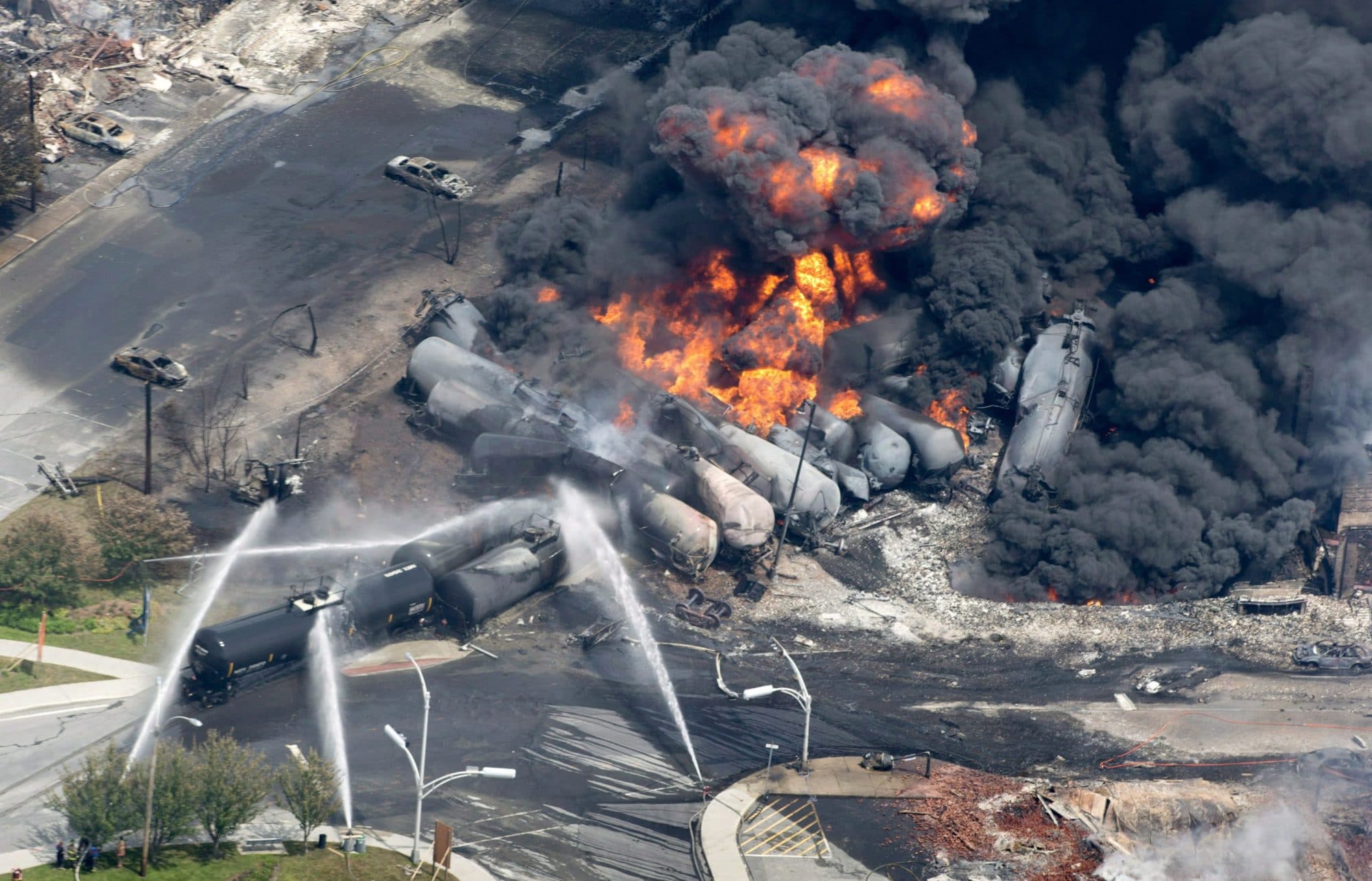The 1977 Architecture Act (in France) declares architecture to be in the public interest. It does not only serve its client, funder and/or users, but influences the entire urban fabric and the population passing through it. To be an architect is therefore to assume, create and then transgress a heritage. The objective of Stitch Architecture is not to bring only one method or answer. The problems tackled are now too complex and, in spite of certain similarities, too specific to allow us to bring a pre-established methodology, without flexibility.
A repairing architecture focused on the user
« Une cuisine sans émotion ne peut que disparaître de votre mémoire »
Paul Bocuse
Our ideal of practice goes against what is traditionally done, namely a tendency to quantify before talking about architecture, to talk about costs before emotions. Budgetary control remains important in a project. Should it however supplant the rest ?
In France today, access to competitions and to the order as a whole is determined by turnover, the size of the architectural firm and its reference book of equivalent projects. In the same vein, the quality of a project is then measured by its budget, its energy results, the quality of its air treatment and the return on investment it can bring. The notions of an architecture of emotions and wonder are completely forgotten in these comparative tables.
Our era is all about measuring and quantifying anything and everything. Alain Sarfati even goes so far as to say that what cannot be measured does not exist. Looking at Peter Weir’s “The Circle of Lost Poets”, one can smile when one sees the teacher learning how to grade a poem. Yet, with architecture, aren’t we reproducing the same thing? When will we see architecture classes aimed at grading a project by a set of scales and curves?
Far from being discouraged, we want to fight for an architecture that is involved, sensitive and full of emotions. Beyond the accounting aspect of the projects, we wish to rehabilitate qualitative spaces, conducive to resilience and appropriation by their users.

Le Cercle des Poètes disparus, Peter Weir
A militant stance: the post-emergency architect
Every year, nearly 200 million people are affected by a natural or technological disaster. This number increases if we consider disasters in their broadest sense: industrial, economic, social, ecological… However, after the emergency, which is often highly publicised in the media, comes the need to repair the damage caused by these disasters. At Stitch Architecture, we believe that it is fundamental today to think about architecture and urban planning worldwide, taking into account the challenges that these post-emergency situations represent.
The large field of research and project work that post-emergency places constitute offers several orientations and hats to our architectural practice. All of them respond to the same logic: to raise awareness of the importance of the time required for repair rather than for rapid replacement. It’s not just a matter of tinkering and boasting about having preserved a piece of memory of the site. The traces that are still present, like bridles of past stories, can be told and mixed with those that remain to be written.
The project in a post-emergency context cannot therefore be dissociated from the human and, by extension, from the inhabitants, the actors and the architects. The latter must be fully involved in the subject: fight and assume their positions more than on any other project. The multidisciplinary skills linked to our profession must enable us to embrace the different issues that these post-emergency cities represent and to grasp their DNA in order to accompany their mutation.

A global vision : the three stages of the disaster
In order to respond to these major challenges, it is necessary to understand and address the full range of issues they raise. Elements of resolution are dispatched over three time frames : pre-crisis, the crisis itself and post-crisis.
Because of their inevitability and complexity, disaster measures are rarely effective. Nevertheless, it is possible to reduce the damage caused by these disasters by adopting adequate anticipation measures. These measures can take the form of adapting the PPRI (Flood Risk Prevention Plans) to new risks, implementing user protection or prevention measures.
In the aftermath of a disaster, it is also necessary to develop measures to promote the resilience of users. Citizen consultation mechanisms (example in Lac-Mégantic – QC) make it possible to involve the population in the post-emergency process, making it possible to start mourning the loss of a territory transformed by the disaster. The establishment of committees guiding the repair operations also helps preserve the coherence between the territory and its population.
Anticipate risks by initiating the energy transition
The increase in greenhouse gas emissions is causing climate change, which is itself responsible for the increase in natural disasters (floods, storms, heat waves). In France, the building stock is made up of nearly a quarter of tertiary buildings (nearly 1 billion square meters). These buildings alone account for nearly one-third of national energy consumption and nearly 20% of greenhouse gas emissions, excluding construction. It is therefore now essential to act on the surface areas of the tertiary sector, both private and public.
Faced with this alarming observation, article 175 of the ELAN law (law for the evolution of housing, development and digital) published on November 24, 2018 requires a reduction in the energy consumption of the tertiary sector. Thus by 2050, tenants and owners of tertiary buildings will have to justify a 60% reduction in energy consumption compared to 2010.
Through the support offered to our customers, the Stitch Architecture workshop is committed to the energy transition, specializing in the evolution of the tertiary buildings. Our skills today allow us to define a coherent and global energy renovation strategy integrating the comfort of users and the technical and financial control of the project.